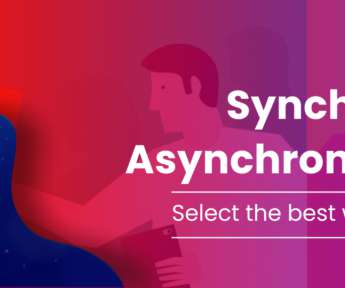3 LMS Must-Have’s to Support Synchronous eLearning
TalentLMS
OCTOBER 22, 2014
With all of this flexibility and the ability to cater to each learner’s preferred learning style, most e-learning course strategies are divided into what is known as synchronous and asynchronous learning categories. What is Synchronous Learning?

















Let's personalize your content